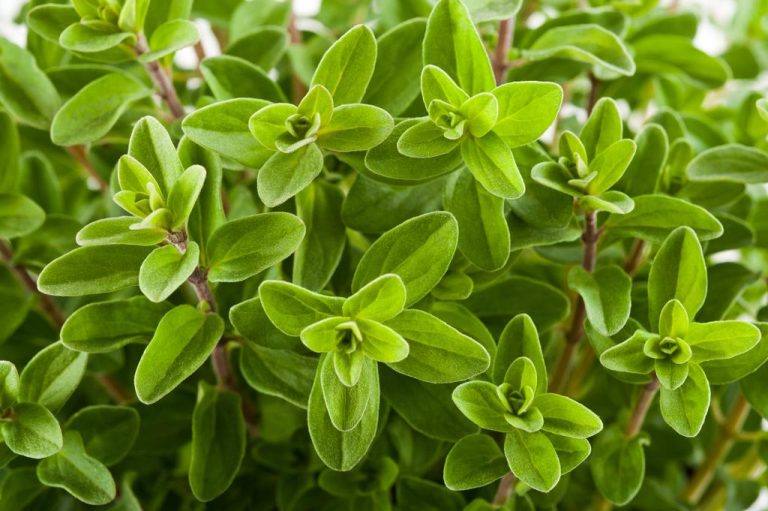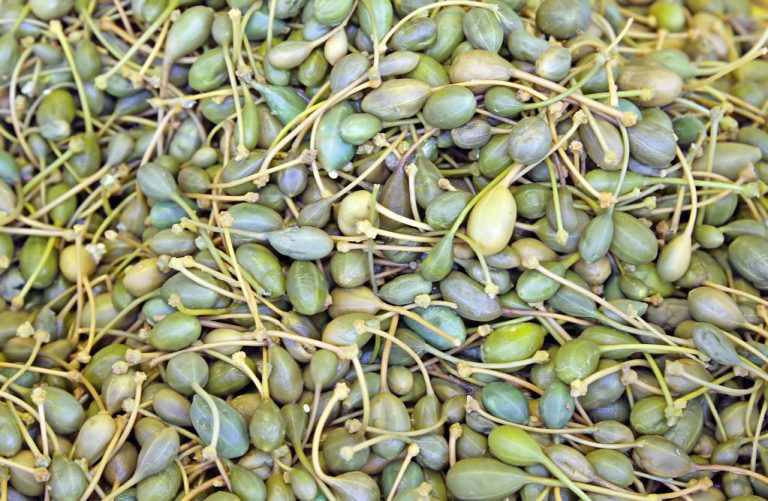Introduction: Exploring Lesotho’s Traditional Healing Practices
Lesotho is a small landlocked country in Southern Africa with a rich cultural heritage. Traditional healing practices have been an integral part of the Basotho community for centuries. Their remedies are a combination of spiritual beliefs, medicinal herbs, and rituals passed down from generation to generation. While modern medicine has become more accessible, traditional healing practices still hold significant value for many Basotho people.
Lesotho’s Cuisine: A Blend of Traditional and Modern Influences
Lesotho’s cuisine reflects its unique cultural heritage, with a blend of traditional and modern influences. Basotho cuisine is mainly made up of meat, vegetables, and grains. The most common meat used is mutton, followed by beef, chicken, and pork. Maize is a staple food, and it is usually eaten as a porridge called “pap” or “phuthu.” In recent years, modern influences such as fast food chains have started to emerge in Lesotho’s urban areas.
The Role of Traditional Healing Practices in Lesotho’s Cuisine
Traditional healing practices play a crucial role in Basotho cuisine. Many of the herbs used in traditional healing remedies are also used in cooking. For example, the “mohodu” plant is used in traditional medicine to treat stomach ailments and is also used in cooking to add flavor to some dishes. Similarly, “seketi” is a herb used in traditional medicine to alleviate flu symptoms and is also used in cooking to add flavor to meats.
The Use of Herbal Remedies in Lesotho’s Traditional Cuisine
Herbs are widely used in Basotho cuisine, and many of them are believed to have medicinal properties. For example, “mokopa” is an herb used in traditional medicine to treat chest infections, and it is also used in cooking to add flavor to meats. “Kolo” is another herb used in traditional medicine to treat stomach ailments, and it is also used in cooking to add flavor to vegetables.
Examining the Health Benefits of Lesotho’s Traditional Cuisine
Lesotho’s traditional cuisine is generally considered to be healthy due to its reliance on fresh, whole foods. The use of herbs and spices in cooking is also believed to have health benefits. For example, “hare” is a herb used in traditional medicine to treat high blood pressure, and it is also used in cooking to add flavor to meats and vegetables.
Conclusion: Preserving Lesotho’s Traditional Heritage in its Cuisine
Lesotho’s traditional healing practices and herbal remedies have been an integral part of Basotho culture for centuries. The use of these remedies in cooking has helped to preserve this cultural heritage. As Lesotho continues to modernize, it is essential to preserve traditional practices and incorporate them into modern cuisine. Doing so will help to maintain the unique cultural identity of Lesotho and ensure that its heritage is passed down to future generations.














